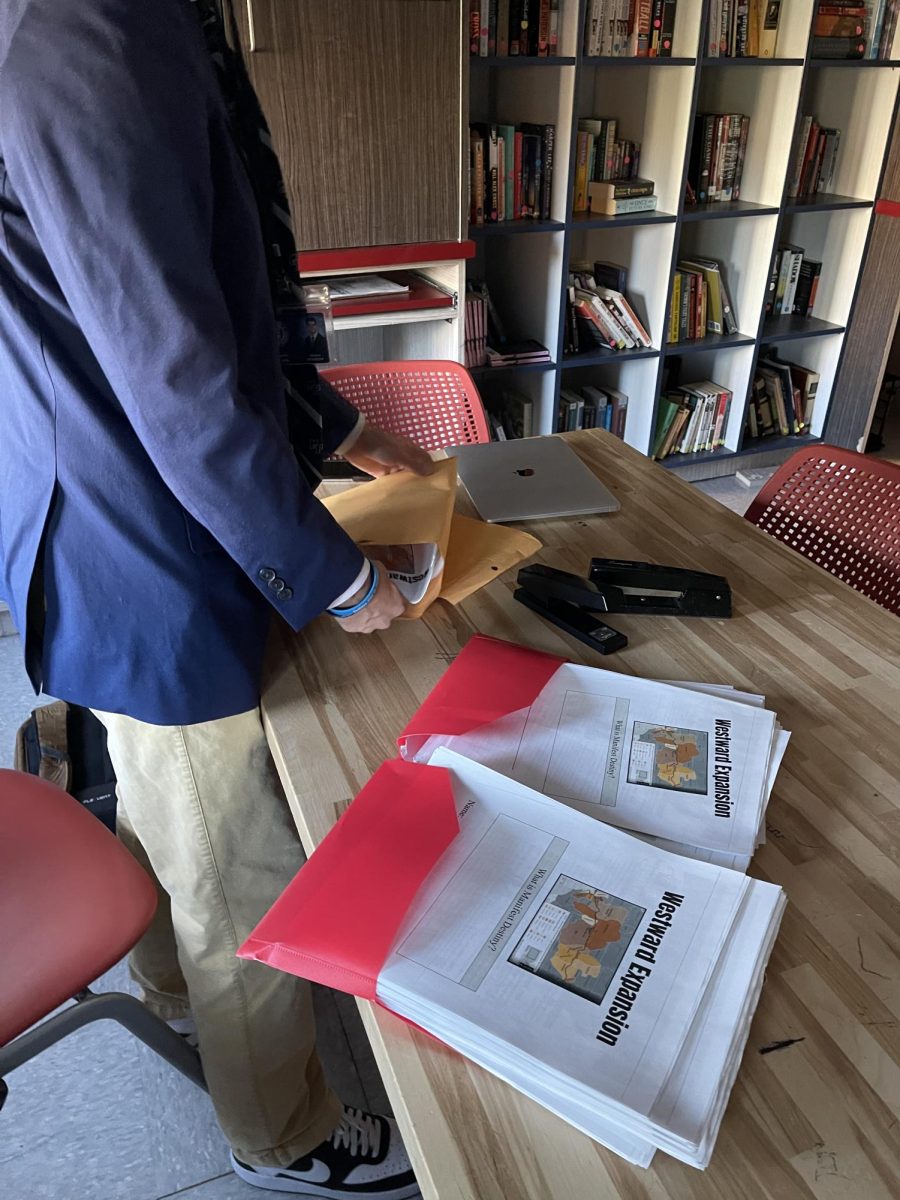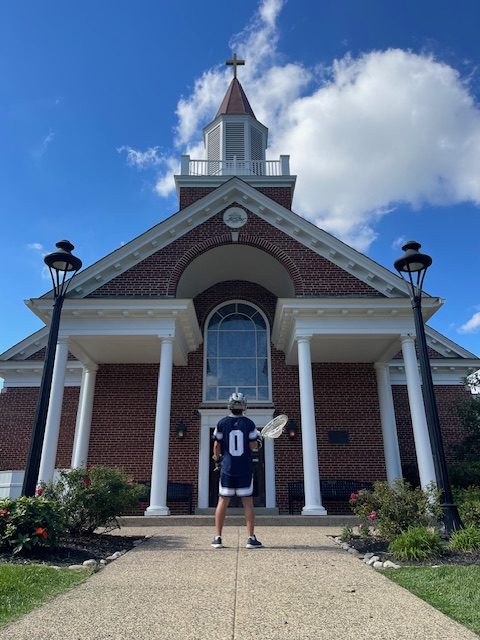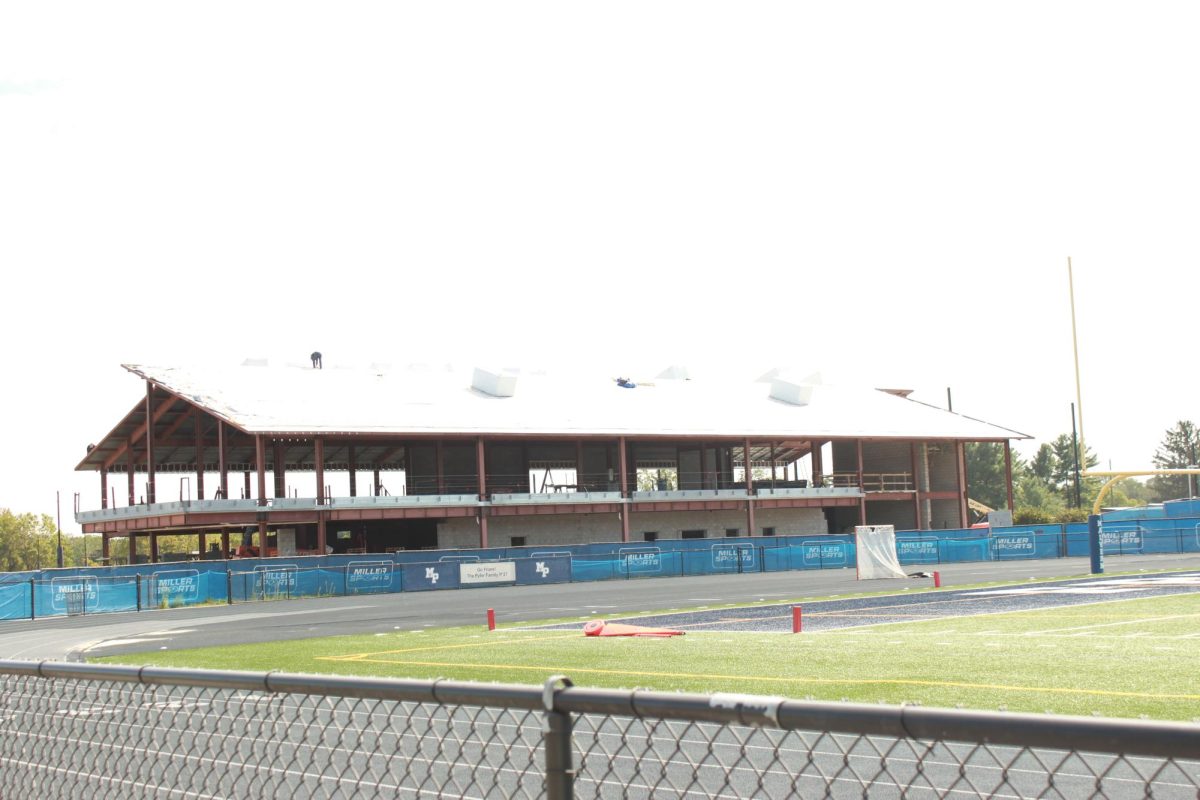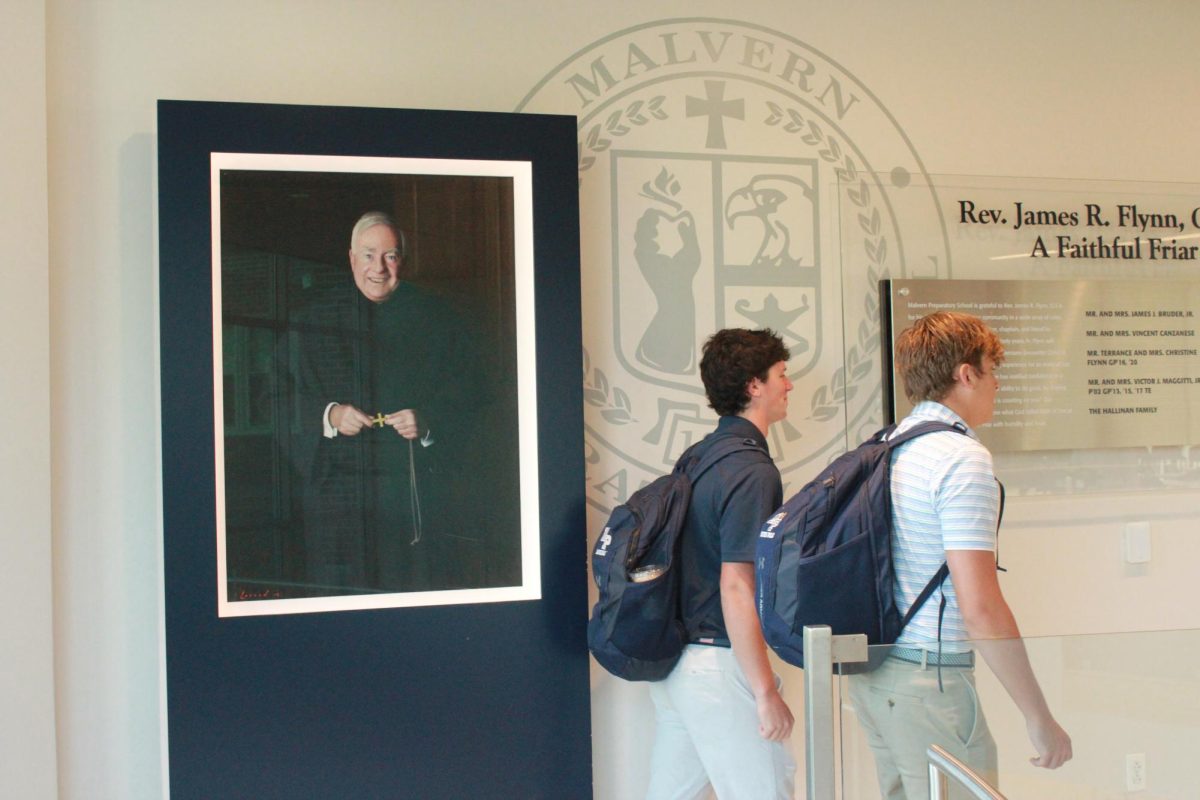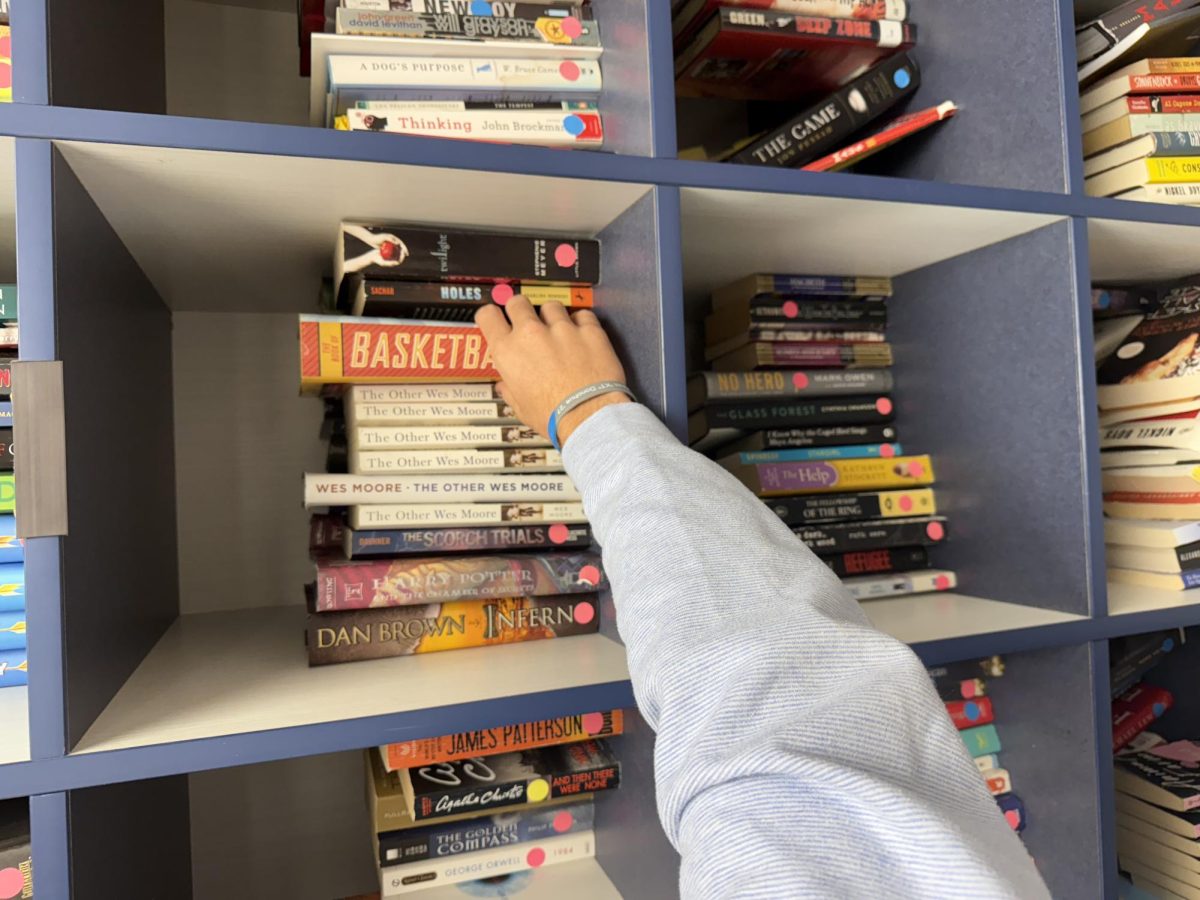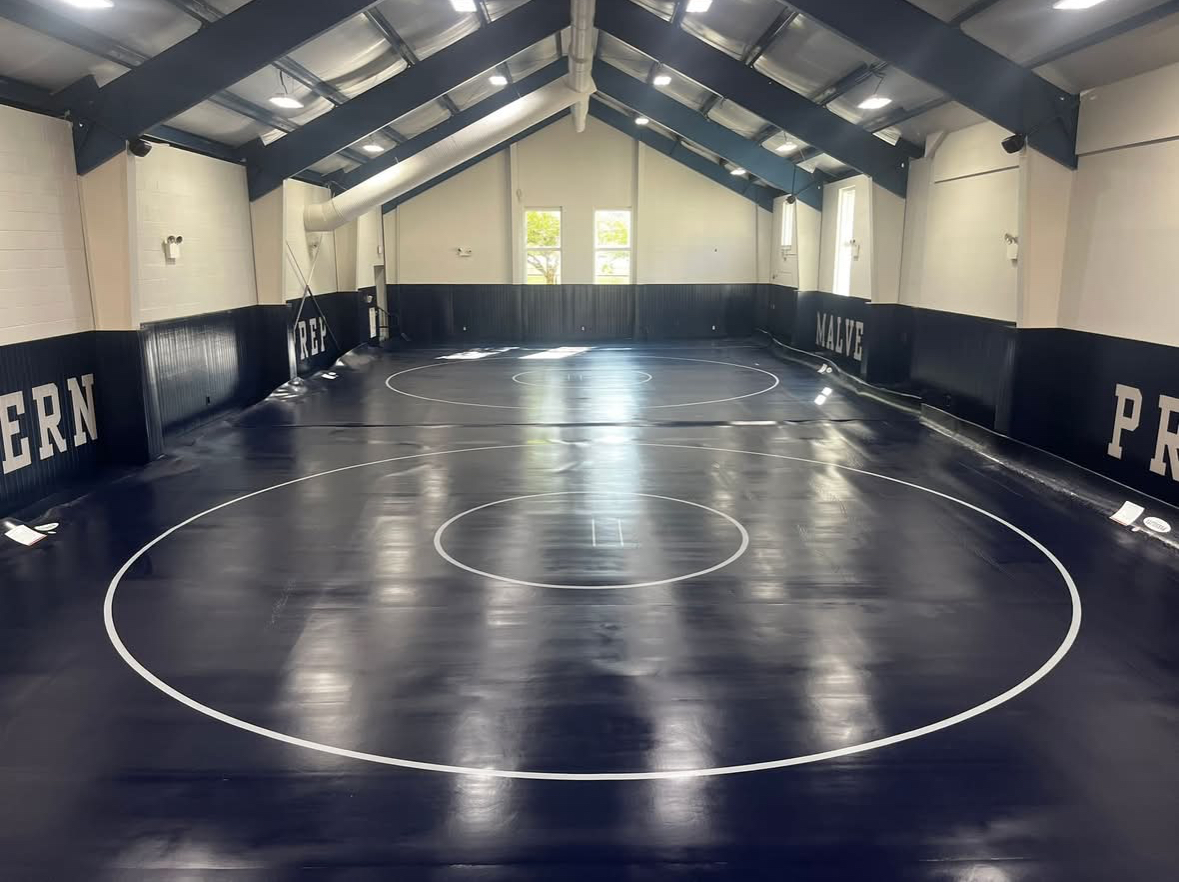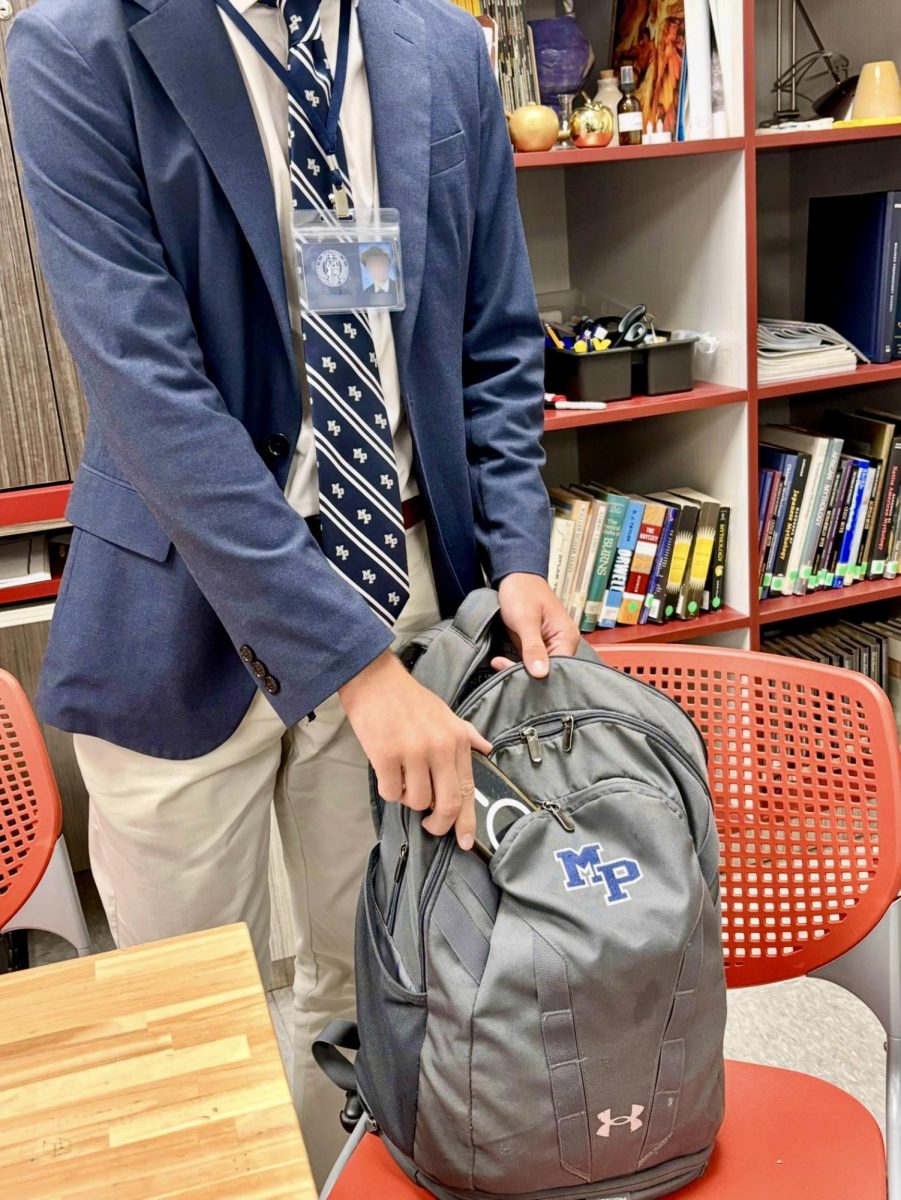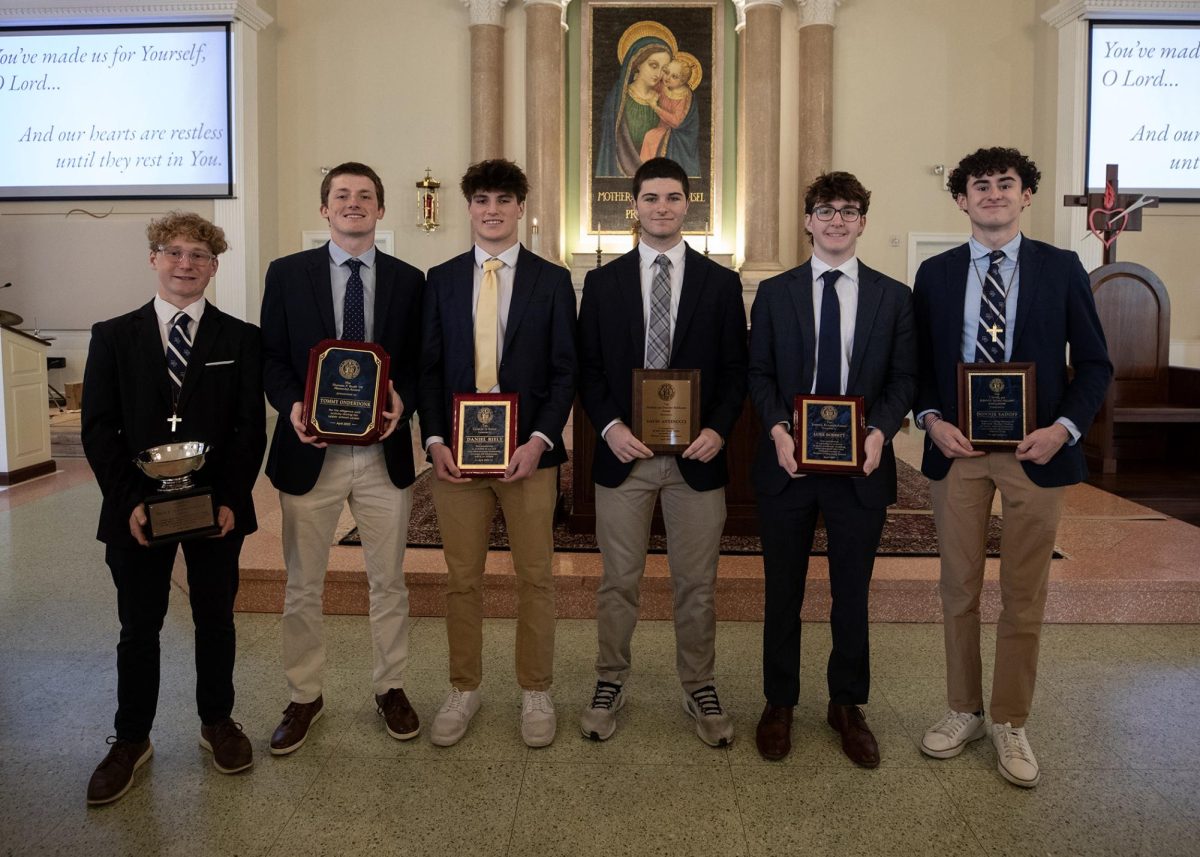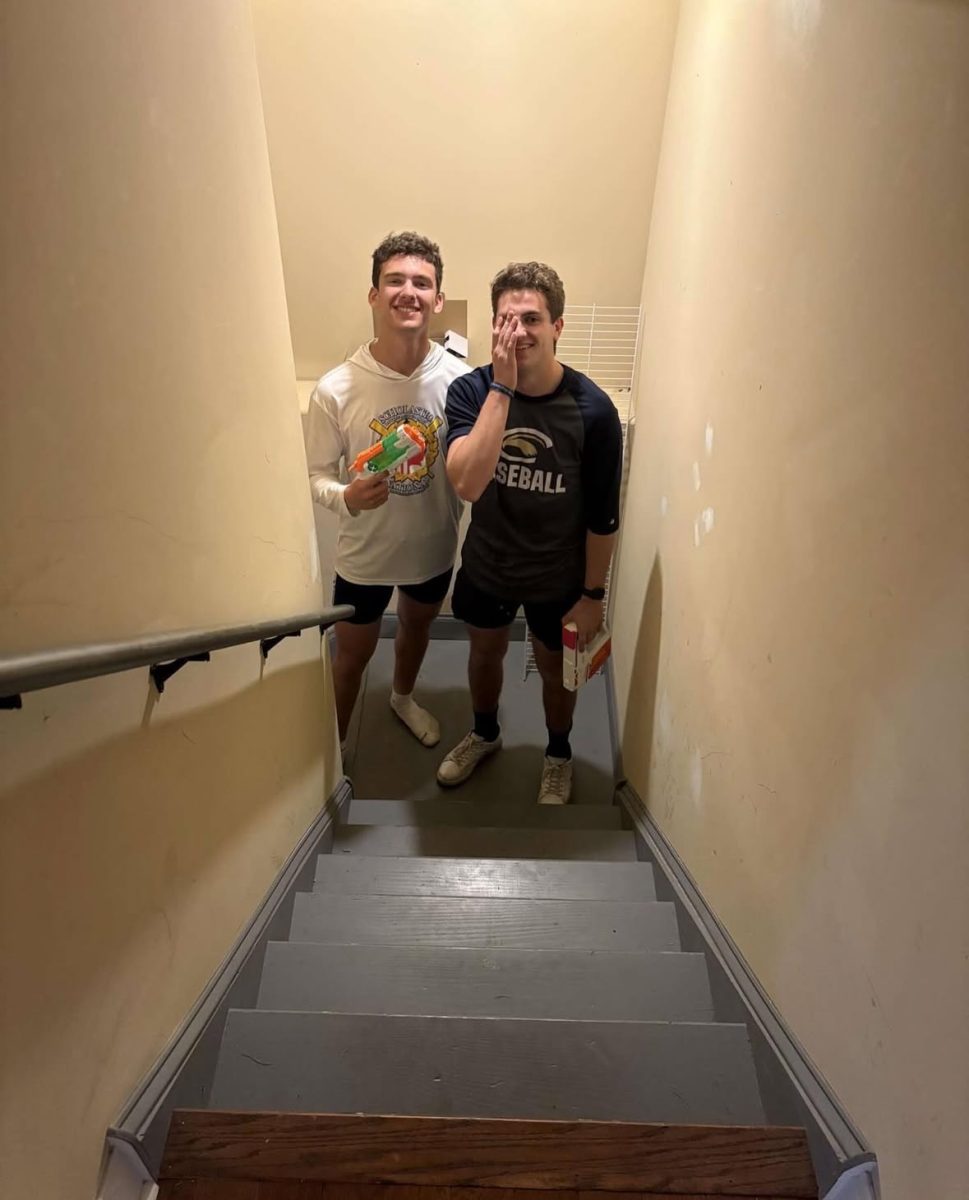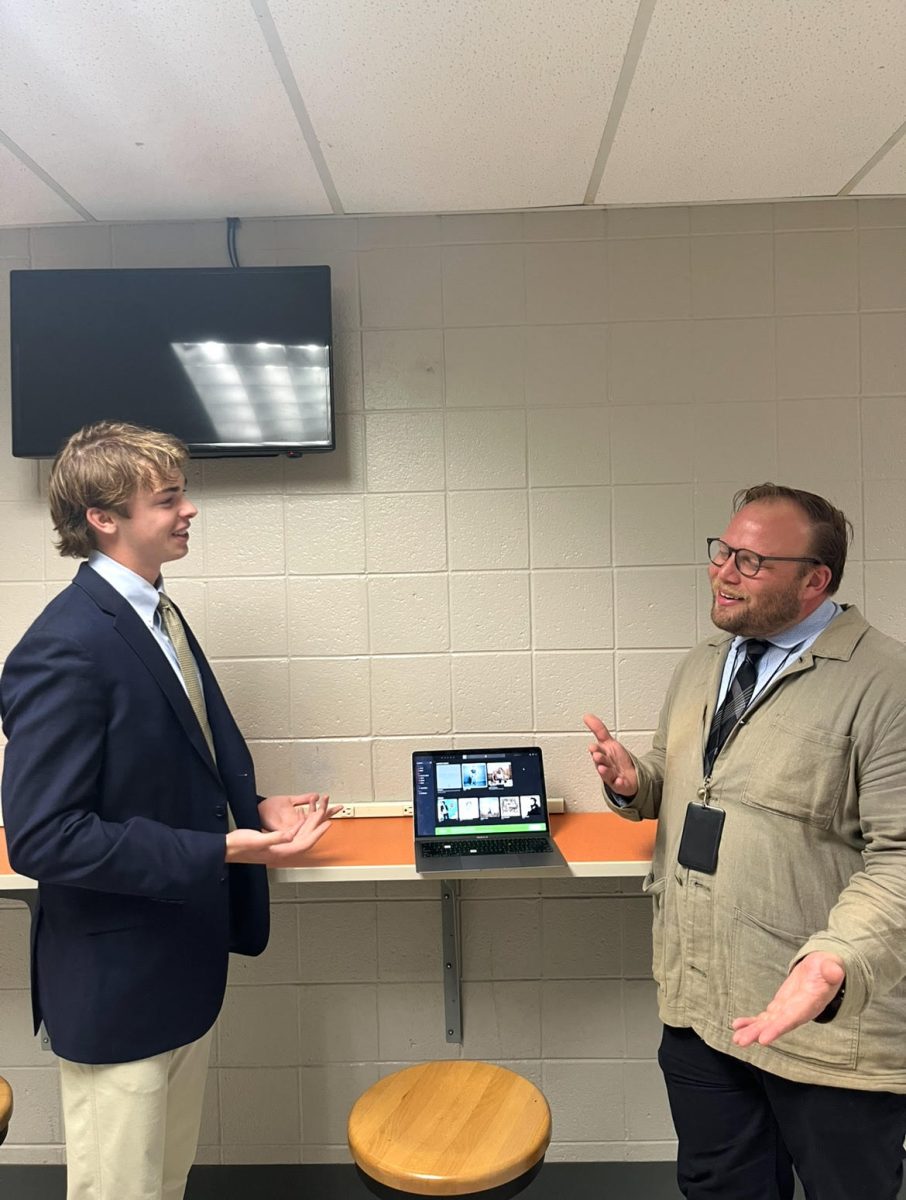Is Malvern preparing its students for the diverse communities they will see in college and beyond?
Many Malvern alumni experience an eye-opening experience when they walk on college campuses their freshman year. They are in brand new environments with people from very diverse backgrounds. For some, it can be challenging to realize that you have little in common with many of the people around you.
Over Malvern’s J-Term, a few alumni returned to Warren Ave. to be interviewed by students in the journalism class. The quotes from their brief interviews were posted on our Instagram page using the #AlumniofMalvern.
One of the quotes that stood out was from Tait McGlinn ’16, a sophomore at the University of Notre Dame. McGlinn said that one of the things Malvern did not prepare him for was the diverse environment that he has experienced in college.
“College is definitely more global, religiously diverse, even mentally diverse,” he said. “There’s some kids that won’t agree with you and you’re going to have to live with that.”
Tyler Pizzico ’17, a freshman at the University of Pennsylvania, had a similar opinion.
“Malvern is a great school, of course, but one of its biggest setbacks is it’s kind of in a bubble,” Pizzico said. “Malvern’s lack of ethnic diversity is not its problem in my humble opinion, it’s really not. The thing Malvern lacks is a diversity of beliefs and opinions and that largely comes from where the school is located.”
The majority of Malvern students come from the Chester County, Delaware County, and Montgomery County regions. According to Malvern’s website, 85% of the student body is Catholic. While there are some exceptions, many students who come to Malvern from these areas have a plenty of similarities.
“At Malvern I could pretty much assume my classmates’ political and religious orientations without even talking about that stuff,” Pizzico said.
This was not the case for Pizzico when he arrived to college. Penn is one of the most diverse colleges in America. Students at Penn (and many other colleges) come from all over the world and have different cultural and religious backgrounds.
“Ever since I got to Penn, I’ve realized the way a person looks has absolutely nothing to do with what he or she thinks or believes in. This school has forced me to, and I’m happy it has, interact with people, have mature conversations, and learn from and see situations in new perspectives,” Pizzico said.
Pat Ferraiolo ’17, a freshman at St. Joseph’s University, thought that Malvern does a good job with teaching its students to be open to all types of people.
“Malvern teaches us through the core values of truth, unity, and love, that it doesn’t matter where someone is from or what their background is. Malvern teaches that they are all human beings and they should all be treated that way,” he said.
Director of College Counseling Mr. Ian Harkness said that while it can be challenging at some times, Malvern tries to teach its students to be open and welcoming to all types of people to the best of their ability.
“I think it can be difficult in terms of diversity of religion and beliefs because Malvern builds itself on the foundations of the Church,” Harkness said. “However, I think that it is good that students have to take classes on world religions.”
The ‘World Religions’ curriculum primarily comes during one quarter of the senior theology course “Catholic Life in the 21st Century” dedicated to Comparative Religions, although some study of world religions is also part of the freshman Biblical Studies course.
Harkness said that it takes certain people from different religions and backgrounds to help expand Malvern’s curriculum to encompass all types of people.
“You have to have the diverse person who might not be Catholic. It breaks the mold,” he said.
Harkness also had some ideas for how the Malvern community could reach out to and build connections with people of different backgrounds, cultures, and religions.
“I think it would be great if Malvern had an opportunity to do an inter-faith dialogue where some of the Muslim leaders, Buddhist leaders, Jewish leaders from the area could come together to discuss uniqueness in their own belief,” he said. “There’s so many opportunities like that that could be really eye-opening for Malvern students.”
Almost every college that Malvern students go to is more diverse than Malvern which, according to Harkness, is part of the reason why college can be a great place to become more prepared for whatever it is you do in your life.
“I think college is the time for diversity. It’s the time to really expand if you haven’t really been exposed to [diversity],” he said. “Our world is so much more about the things you don’t know, knowing how to keep an open mind on things when you are discovering them. Malvern can help start this journey and college is meant to build it even more.”
Looking back on their Malvern experiences, both McGlinn and Pizzico felt that Malvern could have prepared them to adapt to a college environment better.
“Realizing this sophomore year wouldn’t have done much for me as a Malvern student, but it would have helped me prepare for situations in college that I need a more diverse aspect of the world,” McGlinn said.
Pizzico had a few ideas on how Malvern could try and incorporate placing students into a more diverse community into the curriculum.
“Community service could be the answer to this, and I think service opportunities should be a bit more interactive. Instead of just volunteering to play basketball with kids from the inner city, I feel guys could benefit from actually just talking to them and learning about their life and how it is different from ours,” he said. “The more perspectives we know, the better equipped we are to go out and be successful in life and especially in college.”


